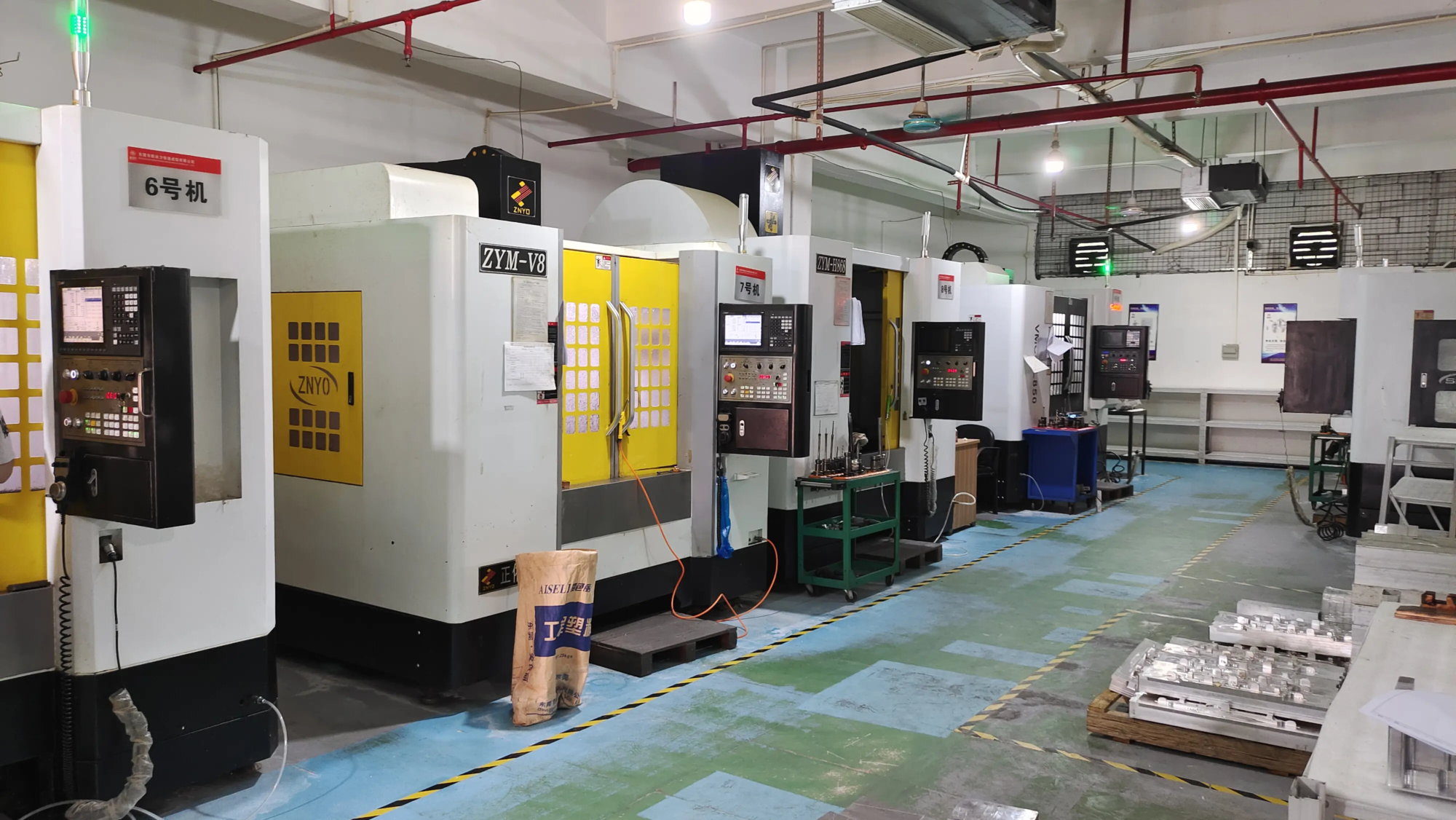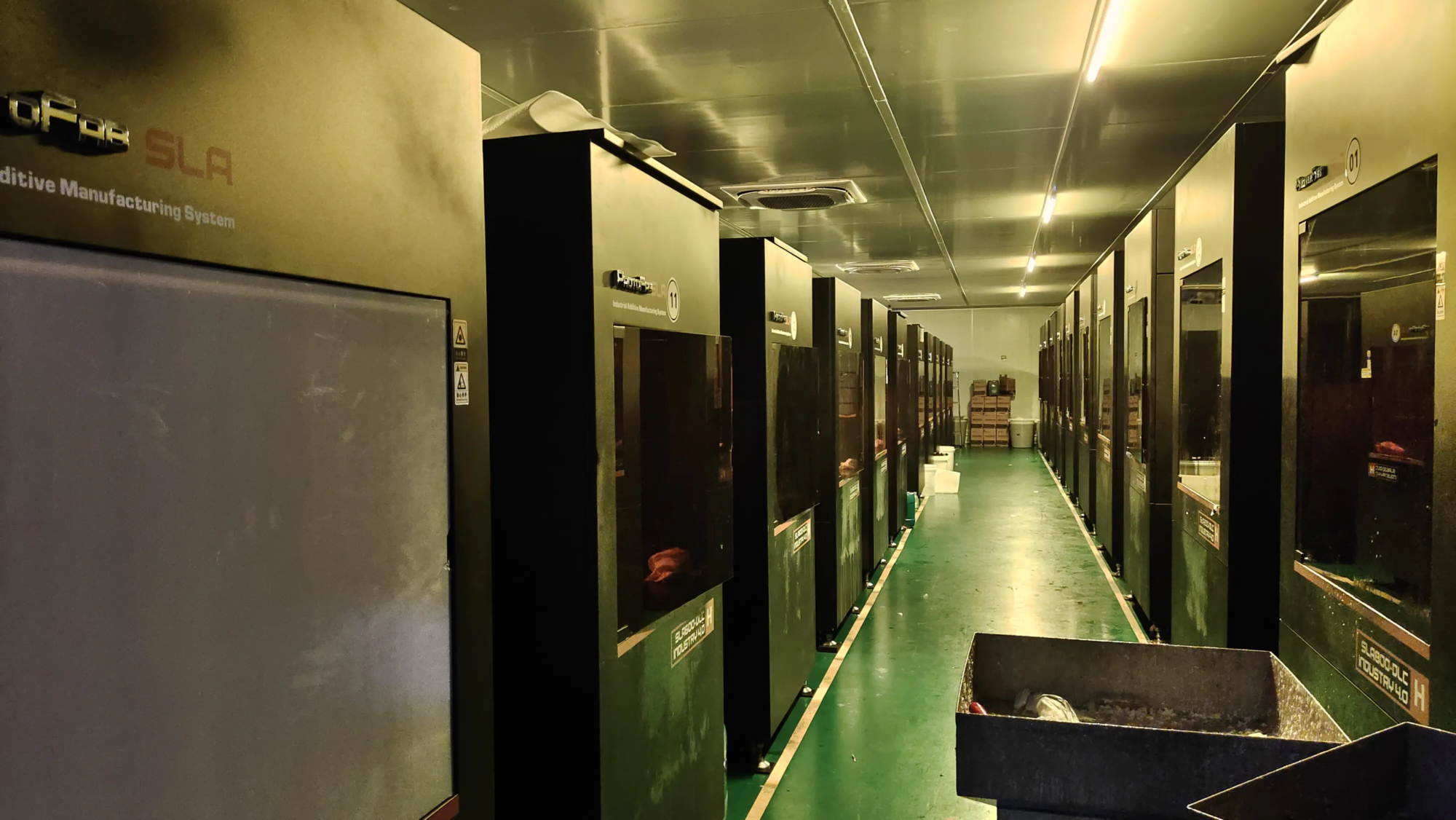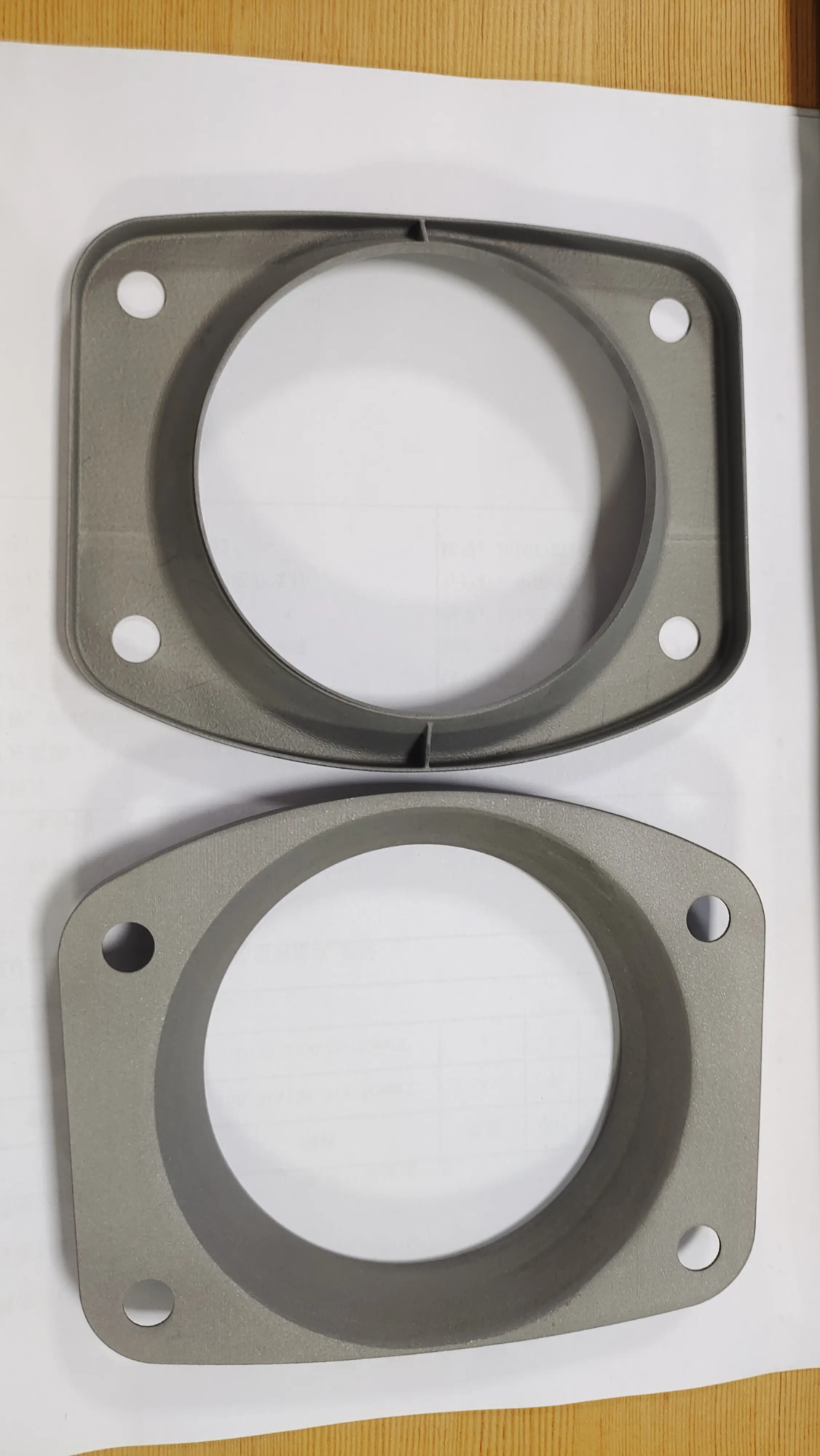As the world of 3D printing continues to develop, the use of polylactic acid (PLA) has become increasingly popular. PLA is a biodegradable and renewable resource that comes from corn starch or sugar cane, making it an attractive choice for those seeking an environmentally friendly alternative to traditional plastics. However, with the rise of 3D-printed food-related products, such as cookies, cutlery, and even plates, the question of whether 3D-printed PLA is safe has become an urgent question.
To answer this question, it is necessary to understand the characteristics of PLA and its interaction with food. PLA is often considered non-toxic and hypoallergenic, making it a popular choice for medical and food-related applications. However, the food safety of 3D printed PLAs depends on various factors, including the type of PLA used, the printing process, and the post-processing technology employed.
One of the main problems with 3D printing PLA is the potential for pollution. During printing, PLA can be exposed to various contaminants such as dust, bacteria and other microorganisms, which can then be transferred to food. In addition, the layer-by-layer printing process can create small slits and cavity that may contain bacteria and other microorganisms that may lead to the growth of harmful pathogens.
Another problem is that PLA may immerse chemicals into food. Some studies have shown that PLA can immerse certain chemicals, such as lactic acid and lactic acidification, into food, especially when exposed to heat, moisture or acidic substances. Although it is generally believed that the amount leaching of PLA is within the safety limits, these chemicals may be harmful to human health.
To ensure food safety of 3D printed PLAs, appropriate printing and post-processing procedures must be followed. This includes the use of high-quality PLA filaments, maintaining a clean and controlled printing environment, and the use of post-treatment techniques such as sanding or coatings to smooth any rough surface. It is also crucial to choose PLA filaments designed specifically for food contact and used according to manufacturer’s guidelines.
In terms of regulations, the U.S. Food and Drug Administration (FDA) has approved the PLA for food contact applications, such as packaging and tableware. However, the FDA emphasizes that the safety of 3D printed PLAs depends on the specific application and manufacturing process. In the EU, the European Food Safety Agency (EFSA) also approved PLAs for food contact applications, but required manufacturers to comply with strict guidelines and regulations.
In summary, although 3D printed PLAs can be safe, proper printing and post-processing procedures must be followed to minimize the risks of contamination and chemical leaching. By selecting high-quality PLA filaments, keeping a clean, controlled printing environment, and using appropriate post-processing techniques, individuals can create food-safe 3D printed products. However, it is crucial to note that the safety of 3D printed PLAs depends on various factors and individuals should always follow the manufacturer’s guidelines and regulatory requirements.
FAQ:
Q: Are all PLA filament foods safe?
A: No, not all PLA filaments are safe. It is crucial to choose PLA filaments designed specifically for food contact and follow the manufacturer’s guidelines.
Q: Can I use 3D printed PLA for cooking?
A: It is not recommended to use 3D printed PLA for cooking, as it will melt or deform when exposed to high temperatures. However, some PLA wires are designed for high temperature applications, such as microwave-safe or oven-safe PLA.
Q: How to clean 3D printed PLA products?
A: It is crucial to regularly clean 3D printed PLA products to prevent the growth of bacteria and other microorganisms. Clean the product with soap and water and dry thoroughly to prevent water spots.
Q: Can I store food using 3D printed PLA?
A: Yes, 3D printed PLA can be used to store food, but proper food storage guidelines must be followed and ensure that the PLA products are clean and dry.
Q: Is there a food safety 3D printing PLA certification?
A: Yes, there are several certifications, such as FDA and EFSA, that ensure the safety of 3D printing PLA for food contact applications. When choosing PLA filament or 3D printed products, look for these certifications.
ISO 9001 Factory





